What is an EID ear tag?
Posted by on
What is an EID ear tag?
EID tags are small “button-like” tags that are placed in the ear. Each EID tag has a unique 15-digit number printed on it, and the number can also be read by scanning the tag with an EID reader. These tags are designed to last for the life of the animal.
Commonly referred to as Electronic ID, EID or RFID (radio frequency identification), the unique design of this ear tag incorporates an air coil antenna system enclosed within a modified small female tag. This durable construction helps the transponder withstand tough environmental conditions.
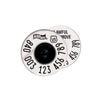
How RFID Works
EID ear tags for livestock are considered passive tags because they have no battery or power source of their own. The tags are activated when they pass within the transmission field of a reader. The tag then absorbs power from the reader and returns its unique 15 digit number back to the reader. There are two types of RFID ear tags. HDX (half Duplex) and FDX (full Duplex) ear tags. FDX (Full Duplex) ear tags cause the return signal from the transponder to be initiated as soon as the interrogation signal is received from a reader and the smoothing capacitor has been charged. HDX (Half Duplex) ear tags the return signal begins after the end of the interrogation signal has been received and the storage capacitor has been fully charged. The message is sent once because the storage capacitor has discharged its energy content after the code is sent. HDX tags have a slightly longer read range and are more expensive.
Many of these tags are available in a Tamperproof design and can also be paired with visual ID tags with the matching 15-digit EID number printed on the visual tag as well.
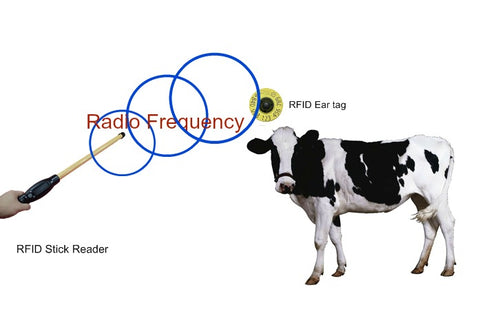
EID ear tags come in two strengths of technology HDX & FDX
Both HDX (half-duplex) and FDX (full-duplex) tags meet the International Organization for Standardization (ISO) established RFID standards for livestock identification and utilizes the strengths of the low frequency 134.2 kHz band. This frequency can be read through most materials in wet and dirty conditions and provides a well-defined read zone for animals passing next to the reader.
• HDX technology offers the greatest possible read distance but has a higher initial cost.
Read Distance up to100cm (39.37") Antenna & reading system dependent.
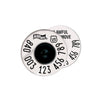
• FDX technology offers a somewhat reduced performance at a lower initial cost.
Read Distance up to 75cm (29.53") Antenna & reading system dependent.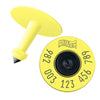
EID tags come as 840 tags or the 15 digit number begins with the Manufacturer code
840 RFID ear tags comply with the requirements of the Animal Disease Traceability (ADT) framework for both visual and electronic identification. These tags are recognized in a standardized information system between federal, state and industry officials. 840 tags can be Electronic RFID tags commonly called EID ear tags or Visual ID ear tags. Each 840 tag contains 15 digits and will begin with the numbers 840 (the USA country code). The remaining 12 digits on the tag are unique to the individual animal.
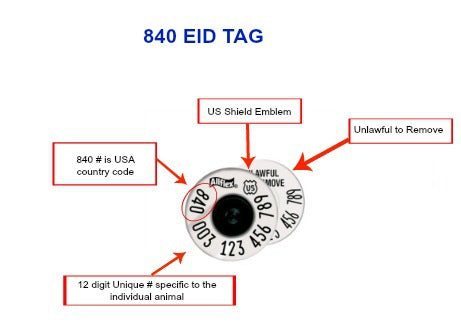
Manufacturer code EID ear tags:
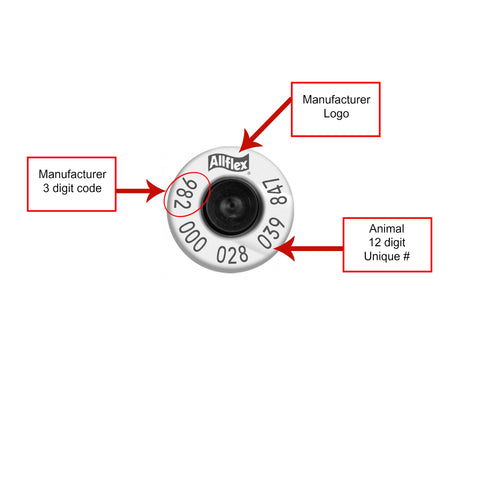
Advantages with using EID ear tags
• Provides the basis to quickly and accurately collect data on individual animals.
• Eliminates the need for “line of sight” reading necessary with visual and barcode systems.
• The signal can penetrate body, tissue, wood, plastic, mud, manure and more.
• RFID tags are passive. EID ear tags require no battery so they will last for the life of the animal.
Share this post
- 0 comment
- Tags: EID ear tags, understanding EID ear tags, what is an eid ear tag, what is an rfid ear tag
0 comment

